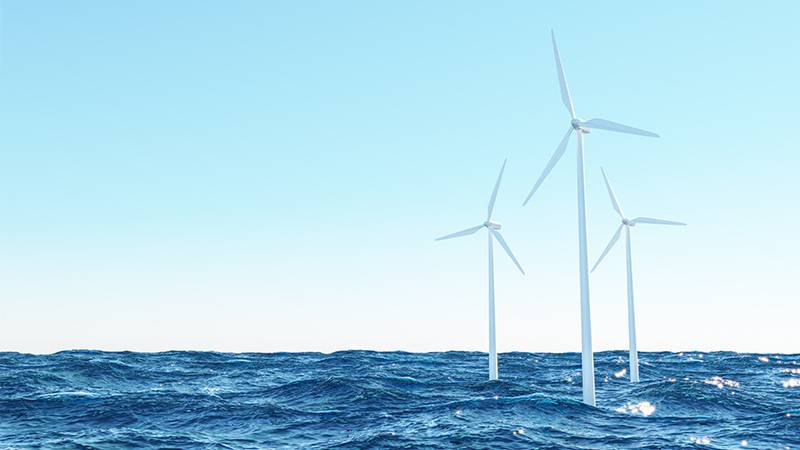In an ambitious stride towards sustainable operations, Google recently revealed its largest offshore wind energy acquisition for its European data centers. The tech giant sealed power purchase agreements to back two upcoming wind farms off the Dutch coast, underscoring its commitment to run its data centers entirely on clean energy by 2030.This groundbreaking move is poised to introduce over 700 megawatts of renewable energy into the European grid, primarily harnessed from two offshore wind farms in the Netherlands. These facilities are not just mere energy sources but are also integral to Google’s operations, powering two of its 24 global data centers. The agreements, formed with the CrossWind and Ecowende consortia—a collaborative venture of energy titans Shell and Eneco—mark a significant leap towards greener data processing.The wind farms in question, the Hollandse Kust Noord (HKN) Wind Farm Zone Site V and Hollandse Kust West (HKW) Site VI, are projected to fulfill nearly 6 percent of the Netherlands’ annual electricity demand. The HKN has already commenced electricity production, while the HKW VI is on track to become operational by 2026. These initiatives are expected to enable Google’s Dutch data centers to source 90 percent of their energy from renewable sources as early as this year.
 Along with Google’s previous power purchase agreements, the company says its Dutch data centers can hit 90 percent clean energy this year. Google also announced smaller deals to purchase renewable energy from onshore wind and solar farms in Italy, Poland, and Belgium.
Along with Google’s previous power purchase agreements, the company says its Dutch data centers can hit 90 percent clean energy this year. Google also announced smaller deals to purchase renewable energy from onshore wind and solar farms in Italy, Poland, and Belgium.
Despite these advancements, it’s crucial to understand the nuances of Google’s clean energy strategy. The firm’s goal is to balance its energy consumption with the purchase of carbon-free power, rather than powering its data centers directly with renewable sources. This approach involves the acquisition of Renewable Energy Certificates (RECs), which are essentially credits earned by renewable energy producers for every megawatt-hour of clean power generated.However, this system faces challenges. According to The Verge, the plummeting prices of RECs, driven by their increasing popularity, have raised concerns about their efficacy in promoting the development of new renewable energy projects. To address this, Google, along with other tech leaders like Microsoft, is pivoting towards a more impactful approach. They’re committing not just to annual renewable energy matching but to real-time, local energy sourcing. This strategy ensures that the energy consumed is matched with renewable energy produced locally and contemporaneously, fostering a more sustainable and reliable clean energy infrastructure.Google’s initiative comes at a critical time for the offshore wind industry, which is grappling with escalating costs leading to the suspension of projects both in Europe and the U.S. By bolstering local renewable energy procurement and promoting the continuous availability of clean power, Google is not just redefining its own energy blueprint but is also catalyzing a broader shift towards sustainable practices in the tech industry and beyond.As this journey unfolds, Google’s commitment to a sustainable, clean energy future remains steadfast. Through innovative partnerships and strategic investments, the company is not just reducing its carbon footprint but is also setting a precedent for corporate responsibility in the age of digital transformation.
More inspiring green news similar to this:


